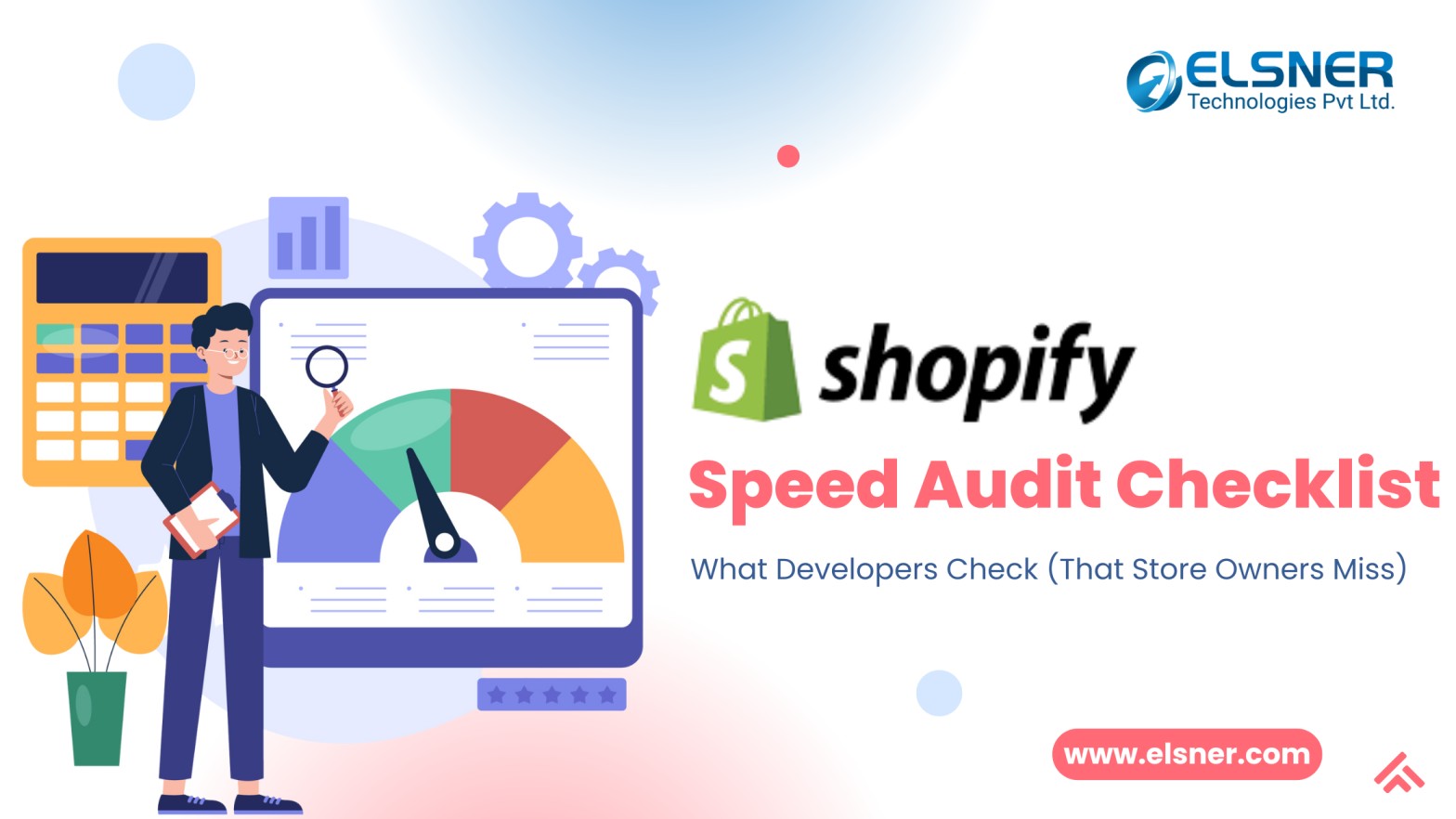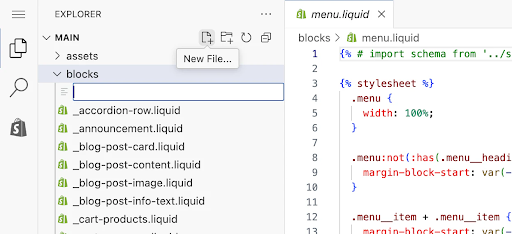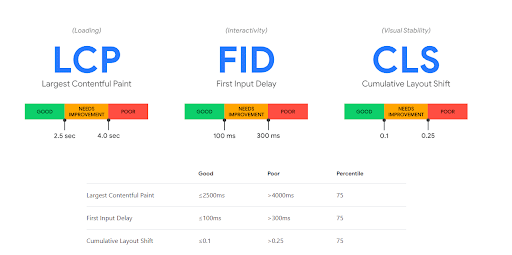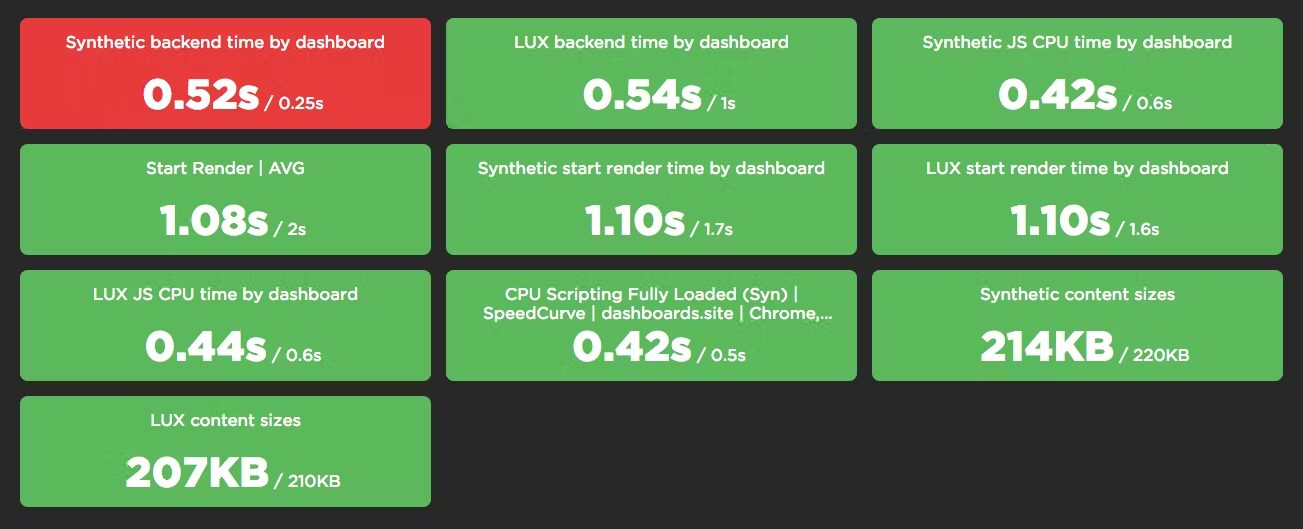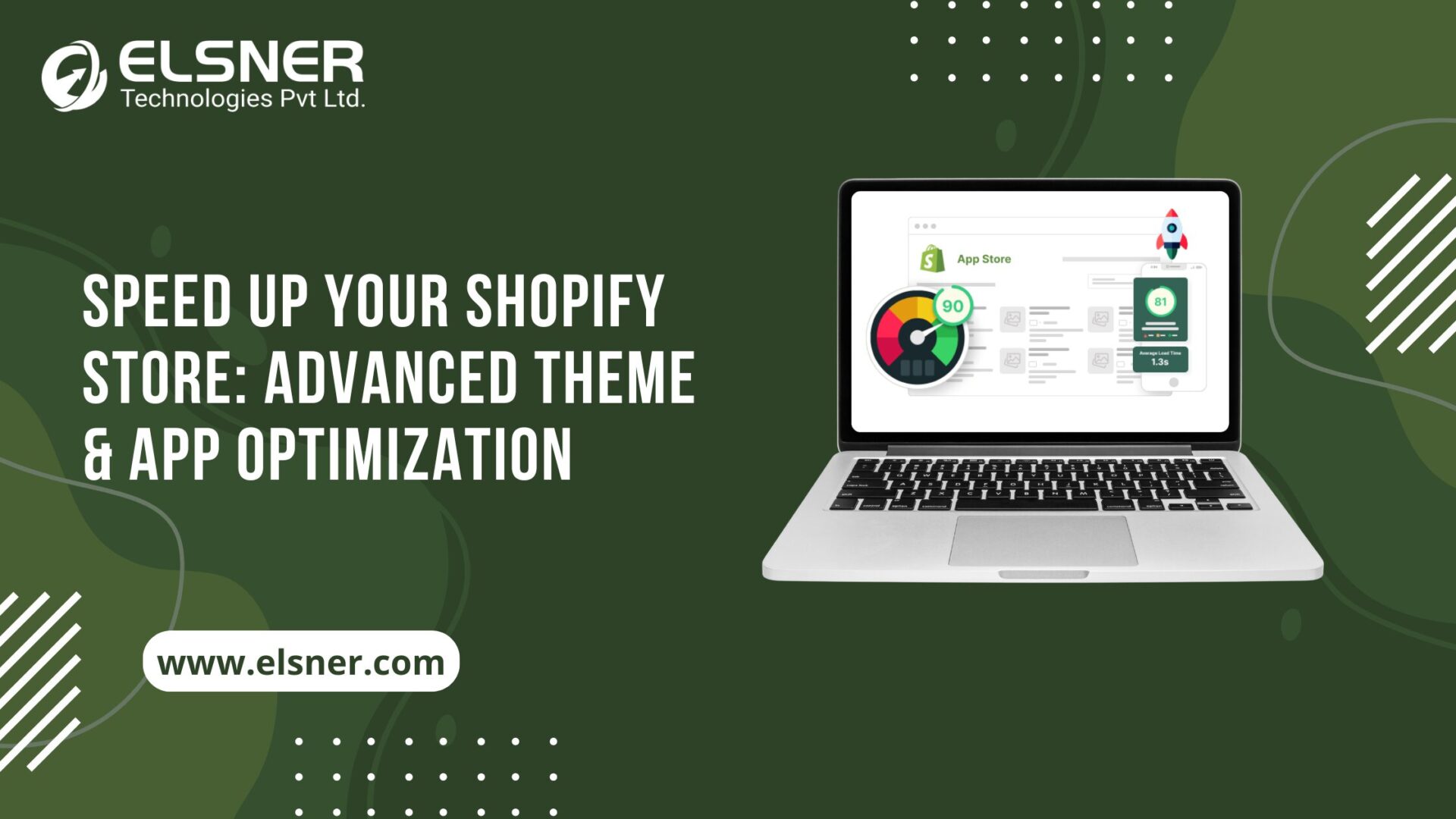- Why Does Speed Actually Matter (Beyond the Obvious)?
- The Developer’s Shopify Optimization Checklist
- Theme & Liquid Code Review
- App Overload & Script Conflicts
- Image & Media Optimization
- Core Web Vitals & Mobile Performance
- Third-Party Scripts & Tracking Codes
- Server & Hosting-Level Limitations
- How Developers Actually Fix Shopify Store Speed Problems?
- Code Refactoring & Theme Optimization
- Custom App Development Instead of Heavy Plugins
- Technical SEO + Performance Enhancements
- Monitoring & Continuous Optimization
- When DIY Hack to Fix Shopify Store Speed Stops Working?
- The Reality: Store Owners Aren’t Developers (And That’s Fine)
- Wrapping Up: Stop Losing Sales to Slow Pages
- FAQs
- How often should a Shopify speed audit happen?
- Can Shopify performance issues be fixed without a developer?
- What’s considered a good Shopify site speed test score?
- Do removed apps immediately improve speed?
- How much do speed improvements actually increase conversions?
A small 1-second delay in page load time can kill 7% of conversions. Think about that for a moment, if a store makes $100,000 monthly, that one second costs $7,000. Every. Single. Month.
Most Shopify store owners know something’s wrong. The site feels sluggish. Customers complain. But running a basic Shopify site speed test doesn’t reveal much. Compress a few images. Delete an app or two. Hope for improvement. It rarely works.
The real Shopify store speed problems hide deeper. In the code, theme architecture, and in configurations that look fine on the surface but cause havoc underneath. Here’s what actually happens during a professional Shopify speed audit—and why DIY fixes keep failing.
Why Does Speed Actually Matter (Beyond the Obvious)?
Google ranks faster sites higher. That’s not news anymore.
But here’s the chain reaction most people miss:
Slow site → visitors bounce → Google sees high bounce rate → rankings drop → ad quality scores decrease → cost per click increases.
It’s not just about user experience. Shopify performance issues hit revenue from multiple angles. Organic traffic suffers, paid ads become more expensive, and potential customers leave before they see a single product — all of which can be reduced through effective Shopify speed optimization for better conversions .
The kicker? Store owners often blame their products or pricing. They change offers. They tweak the copy. They run more ads.
Meanwhile, the real culprits are Shopify loading speed problems.
The Developer’s Shopify Optimization Checklist
Theme & Liquid Code Review
Beautiful themes can hide terrible code. Shopify themes often come loaded with features. But all those features load whether you use them or not, and cause Shopify loading speed problems.
- Unused liquid snippets sit in the codebase, consuming resources.
- Outdated theme structures clash with modern browsers.
- JavaScript libraries load on every page when they’re needed on just one.
What developers actually check?
- The liquid file structure for redundancies.
- Template efficiency.
- Inline CSS and JavaScript that should be externalized.
- Code patterns from 2018 that don’t belong in 2025.
This isn’t about making themes look different. It’s about making them work efficiently.
App Overload & Script Conflicts
Here’s where things get messy.
That pop-up app adds 200KB of JavaScript. The countdown timer? Another 150KB. Reviews, wishlists, upsells—each app injects code that loads everywhere.
Some apps conflict with each other. Scripts load twice. Or break entirely.
|
Common App Type |
Average Script Size |
Loads On |
|
Popup/Email Capture |
180-250KB |
Every page |
|
Product Reviews |
120-200KB |
Every page |
|
Countdown Timers |
100-180KB |
Product pages |
|
Upsell/Cross-sell |
150-220KB |
Cart & product pages |
|
Wishlist |
90-150KB |
Every page |
A store with five apps easily adds 800KB+ of JavaScript. On mobile connections, that’s brutal.
During a proper Shopify speed audit, developers identify which apps are actually essential. Then they look for alternatives. Often, the solution involves custom development.
One lightweight custom app can replace three bloated ones. Faster store. Lower monthly costs. Better performance.
That’s where working with a Shopify Website Development Company makes the difference. Custom-built functionality does exactly what’s needed. Nothing more. Nothing less.
Image & Media Optimization
Compressed product images to 100KB each? Good start. Not enough.
Developers dig deeper. Are images using the WebP format? That’s 30% smaller than JPEG with the same quality. Is lazy loading properly implemented? Many themes claim to have it but configure it incorrectly.
CDN settings matter too. Images should be served from locations closest to customers.
But here’s what store owners never check: unused media files.
That hero video from last year? Still in the library. Old product photos? Creating database queries. Duplicate uploads? Taking up space and slowing things down.
A thorough Shopify optimization checklist includes media library cleanup. The results can be surprising.
Core Web Vitals & Mobile Performance
Google’s Core Web Vitals confuse most people. The names don’t help.
- LCP (Largest Contentful Paint): How fast the main content appears.
- CLS (Cumulative Layout Shift): How much stuff jumps around while loading.
- FID (First Input Delay): How quickly the site responds to clicks.
Basic Shopify site speed test tools show scores. They don’t explain what’s actually broken.
Developers use specialized tools to pinpoint exact Core Web Vitals Shopify problems. Is the logo image causing layout shifts? Is a third-party script blocking interactivity? Which specific element is slowing LCP?
|
Core Web Vital |
Good Score |
Common Shopify Issues |
|
LCP |
Under 2.5s |
Unoptimized hero images, render-blocking CSS |
|
CLS |
Under 0.1 |
Images without dimensions, dynamic content injection |
|
FID |
Under 100ms |
Heavy JavaScript, unoptimized third-party scripts |
Mobile performance needs separate attention. What works on desktop often fails on mobile. Developers test on actual devices. They check touch target sizes. They ensure mobile-specific optimizations are active.
Google PageSpeed Insights showing Core Web Vitals scores (Source)
A Core Web Vitals Shopify audit goes beyond numbers. It identifies the specific code causing problems—then fixes it.
Third-Party Scripts & Tracking Codes
Marketing tools kill speed. Quietly.
Live chat widgets. Heatmap trackers. Facebook Pixel. Google Analytics. Abandoned cart recovery. Each one adds external scripts.
Store owners add them one at a time. They never notice the cumulative damage.
A developer-led Shopify speed audit examines every third-party script:
- When does it load?
- How much does it weigh?
- Can it be deferred?
- Is it actually being used?
Many tracking scripts can load after the page becomes interactive. Users never notice the difference. But performance scores improve dramatically.Some scripts aren’t even necessary anymore. That tracking code from a campaign that ended six months ago? Still running. Slowing every page load.
Server & Hosting-Level Limitations
Shopify’s infrastructure is solid. But it can’t fix poorly coded themes.
Store owners can’t change Shopify’s servers. But they can control how efficiently their store uses them.
Developers audit:
- API calls happening on every page load
- Database queries triggered by themes and apps
- Server requests that could be cached
- Checkout performance bottlenecks
This level of Shopify performance issues requires understanding Shopify’s architecture. Most store owners don’t have that knowledge. Why would they? They’re running businesses, not learning web development.That’s perfectly fine. But it means certain fixes simply aren’t accessible through DIY approaches.
How Developers Actually Fix Shopify Store Speed Problems?
Code Refactoring & Theme Optimization
Identifying problems is step one in the Shopify developer speed optimization process. Fixing them is step two.
Liquid code gets rewritten for efficiency. Inline scripts move to external files and load asynchronously. Critical CSS gets inlined. Non-critical styles load later.
Unused theme features? Completely removed. Not just hidden with CSS—actually deleted from the codebase.
The difference is substantial. A bloated theme might load 800KB of resources. After optimization? 200KB. Same visual result. Four times faster.
Custom App Development Instead of Heavy Plugins
Here’s the business case that actually matters.
Five apps at 100KB+ each = 500KB+ of scripts. Plus five monthly subscription fees.
One custom solution = 80KB total. One development cost. No recurring fees.
Custom apps built for specific workflows contain zero bloat. They do exactly what’s needed. Nothing extra. The speed improvement is immediate. The cost savings compound monthly.
Better conversions from faster speeds usually pay for the development within weeks.
Technical SEO + Performance Enhancements
Speed optimization and SEO intersect constantly. Developers ensure performance fixes don’t accidentally harm rankings. They optimize crawl budget. They reduce render-blocking resources without breaking structured data.
They implement proper canonical tags and redirects. Some Shopify store speed problems actually come from SEO plugins trying to help. Developers untangle these conflicts while improving both speed and search visibility.
Monitoring & Continuous Optimization
One-time fixes don’t last. Stores evolve constantly. New products get added. Apps get installed. Code gets modified. Each change can introduce new performance issues.
Developers set up ongoing monitoring. PageSpeed Insights. GTmetrix. Shopify’s analytics. They establish performance budgets—maximum sizes for JavaScript, CSS, and images.
Regular Shopify speed audits catch regressions before they impact revenue.
When DIY Hack to Fix Shopify Store Speed Stops Working?
Compressing images is straightforward. Disabling a few apps is simple.
Rewriting theme code? That requires development skills. Building custom solutions? Same thing.
Most store owners hit a wall on how to check Shopify performance. They’ve done everything they know how to do. The site is still slow. Conversions are still suffering.
That’s when professional help makes sense. Not because DIY is bad—it’s just limited.
A professional Shopify Website Development Company brings specialized knowledge. They’ve optimized thousands of stores. They know which changes deliver the biggest ROI. They understand which optimizations might cause unintended problems.
The difference between a basic Shopify site speed test and a professional audit is dramatic. One shows surface issues. The other finds root causes and actually fixes them.
The Reality: Store Owners Aren’t Developers (And That’s Fine)
Running a Shopify site speed test is easy. Understanding how to check Shopify performance? That’s harder. Implementing proper fixes? That requires expertise most store owners don’t have. And shouldn’t need to have.
The goal is to run a profitable business. Not becoming a web developer. But here’s the problem: Shopify optimization checklist items go deep. Inefficient liquid code. App conflicts. Core Web Vitals failures. Server-level bottlenecks. These issues hide beneath the surface while quietly killing conversions.
Every day these problems persist, revenue gets lost. Customers who would’ve bought leave instead. Ad spend gets wasted. Rankings drop. Professional developers don’t just fix current problems. They prevent future ones. They build sustainable solutions that stay fast as stores grow.
Wrapping Up: Stop Losing Sales to Slow Pages
Slow loading times cost real money. Not theoretical money. Actual lost sales that show up in monthly revenue reports.
DIY fixes help to a point. Then they stop working. The deeper issues remain. Professional speed optimization addresses those deeper issues. It fixes problems that basic tools can’t even detect. It implements solutions that aren’t possible without development expertise.
Working with a Shopify App Development Company means getting lightweight custom solutions built specifically for unique needs. When stores hire Shopify developers with real expertise, the investment pays for itself through better conversions and lower operational costs.
Faster speeds aren’t just nice to have. They’re directly connected to revenue.
Stop guessing what’s wrong. Professional developers can run a comprehensive Shopify speed audit. They’ll identify every performance bottleneck. They’ll provide a detailed action plan to fix Shopify store speed problems.
See exactly what’s costing conversions—before competitors pull further ahead.
FAQs
How often should a Shopify speed audit happen?
Quarterly at a minimum. Immediately after adding new apps, changing themes, or launching major promotions. Weekly monitoring catches issues early.
Can Shopify performance issues be fixed without a developer?
Basic fixes like image compression? Absolutely. Code-level optimizations, custom app development, and Core Web Vitals improvements? Those require developer expertise for lasting results.
What’s considered a good Shopify site speed test score?
PageSpeed Insights scores above 90 on mobile. LCP under 2.5 seconds. CLS below 0.1. FID under 100 milliseconds. Anything lower indicates optimization opportunities.
Do removed apps immediately improve speed?
Usually. But some apps leave code behind even after uninstallation. A proper Shopify optimization checklist includes removing orphaned scripts and cleaning up theme files.
How much do speed improvements actually increase conversions?
Improving load time from 5 seconds to 2 seconds can increase conversions by 20-30%. The exact impact varies by industry and traffic source. But faster always converts better.

About Author
Dipak Patil - Delivery Head & Partner Manager
Dipak is known for his ability to seamlessly manage and deliver top-notch projects. With a strong emphasis on quality and customer satisfaction, he has built a reputation for fostering strong client relationships. His leadership and dedication have been instrumental in guiding teams towards success, ensuring timely and effective delivery of services.

